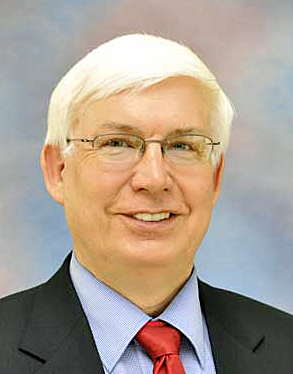 I grew up with Barbie. In fact, I not only had a Barbie doll, but also had Midge (Barbie’s friend), Skipper (Barbie’s little sister), Ken, and Alan (Ken’s friend). I ended up with Barbie’s sportscar and wardrobe cases. My mother helped fill the wardrobes with beautiful clothes that she designed and made for each of them.
I grew up with Barbie. In fact, I not only had a Barbie doll, but also had Midge (Barbie’s friend), Skipper (Barbie’s little sister), Ken, and Alan (Ken’s friend). I ended up with Barbie’s sportscar and wardrobe cases. My mother helped fill the wardrobes with beautiful clothes that she designed and made for each of them.
As Barbie was an important part of me, when the “Barbie” movie premiered last summer, I expected a film filled with cliches, trite dialogue and a simple plot-line about two iconic dolls. But after hearing some positive reviews and knowing the reputation of the director, Greta Gerwig, I decided it might be worth seeing. You can imagine my surprise when the movie was none of these things. In fact, it provides a creative context for insights on some of our current social challenges.
“Barbie” hit theaters running in July and is still going full speed with eight Oscar nominations, including Best Picture, Best Supporting Actor (Ryan Gosling) and Best Supporting Actress (America Ferrera), as well as several BAFTA nominations in the UK that include Leading Actress (Margot Robbie). Audiences will find the movie is about more than two iconic dolls as it motivates them to ask some hard questions about key social themes we face in today’s world.
The movie has two contexts — Barbieland and the Real World. Barbieland is home for three groups: Barbies, Kens and Weird Barbies. This world is idyllic and carefree with the Barbies living in well-kept houses and the Kens living on the beach. Barbieland is a matriarchal society where the Kens live to support and serve the Barbies. The streets are clean. There is an air that Barbieland is a perfect place to live with no crime or illness, no children, or any Barbie and Ken older than 30. The Weird Barbies live apart from the others because they are different. Their difference is primarily physically based, with some missing limbs or other body parts or missing hair.
As a matriarchal society, all of the jobs and leadership positions are held by the Barbies. What I found particularly refreshing was the racial and ethnic diversity of the Barbies. Of course, all of the Barbies are a perfect size 2, with perfectly styled hair, perfect skin and well-applied make-up. The Kens are also physically fit, with perfect hair and physical features. The Barbies and Kens do recognize, however, that there is such a place called the “Real World.” They don’t visit the Real World nor do those living in the Real World visit Barbieland.


















Recent Comments